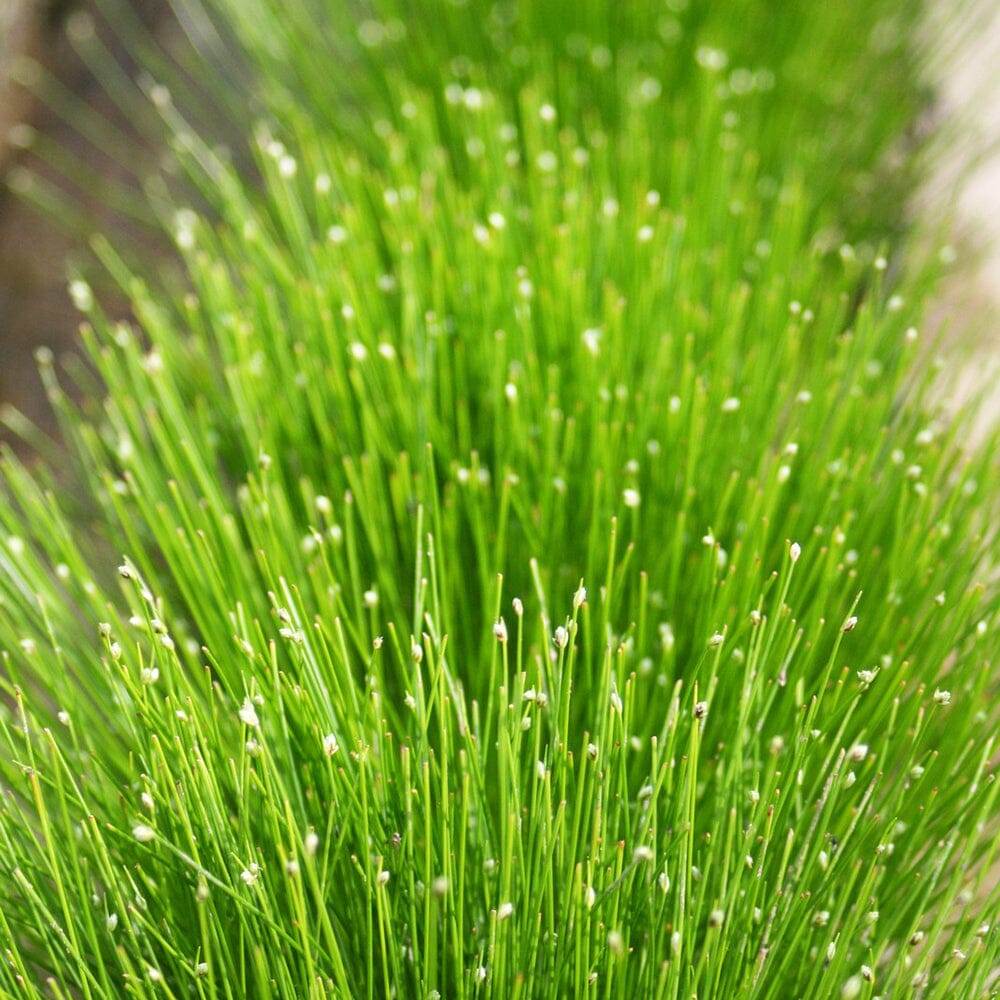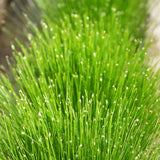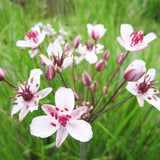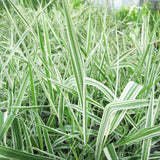Scirpus Cernuus Aquatic Pond Plant - Fibre Optic Plant
Scirpus cernuus, commonly known as Fiber Optic Grass or Isolepis cernua, is a small, ornamental grass-like plant that belongs to the Cyperaceae family. It is native to New Zealand but is now widely cultivated as an aquatic or marsh plant in many regions. Here is a detailed description and care guide for Scirpus cernuus:
Description:
Scirpus cernuus is a compact, perennial plant with thin, wiry stems that grow upright from a central base. The stems are green and cylindrical, reaching a height of around 15-30 cm (6-12 inches). At the top of each stem, there are clusters of tiny, filamentous bristles that resemble fiber optic lights, giving the plant its common name. The bristles are light green to yellowish-green in color and have a soft, delicate appearance.
Care Guide:
Water Requirements: Scirpus cernuus is an aquatic plant that thrives in wet or marshy conditions. It can be grown submerged in water or as a marginal plant with its roots partially submerged. Ensure that the water level is kept consistently moist, but avoid stagnant water or excessive flooding.
Lighting: Scirpus cernuus prefers bright, indirect light or partial shade. If growing indoors, place the plant near a window where it can receive filtered sunlight or provide artificial lighting with full spectrum grow lights.
Soil or Substrate: Use a well-draining aquatic planting medium or a mix of loam soil and peat moss if growing Scirpus cernuus in containers. For submerged growth, plant the roots in a sandy substrate or anchor them to rocks or driftwood.
Water Quality: Maintain good water quality for Scirpus cernuus by ensuring the water is clean and free from pollutants. Regularly monitor and adjust water parameters such as pH, temperature, and nutrient levels to promote healthy growth.
Fertilization: Provide regular fertilization to promote lush foliage and growth. Use a balanced aquatic plant fertilizer or add organic matter, such as compost or aquatic plant pellets, to the substrate.
Pruning and Maintenance: Trim any dead or yellowing stems or bristles to maintain the plant's appearance and prevent overcrowding. Prune back excessive growth if the plant starts to spread too vigorously.
Winter Care: Scirpus cernuus is frost-tolerant and can survive mild winter conditions. In colder climates, it is advisable to move potted plants indoors or provide frost protection by covering them with mulch or protective fabric.
Propagation: Scirpus cernuus can be propagated through division or by collecting and planting the small, oval-shaped seeds. Divide mature clumps in spring or early summer by separating the rhizomes and replanting them.
Pests and Diseases:
Scirpus cernuus is generally resistant to pests and diseases. However, keep an eye out for signs of aphids or snails, which may occasionally feed on the plant. If necessary, control pests with insecticidal soap or other appropriate treatments. Scirpus cernuus is a visually appealing and easy-to-care-for plant that adds a unique texture and interest to aquatic gardens, containers, or water features. It is important to prevent the spread of Scirpus cernuus into natural water bodies, as it can become invasive and outcompete native plant species. Always check and comply with local regulations regarding the cultivation and control of Scirpus cernuus in your region.
Selection of Plants:
Choose appropriate oxygenating plants that are suitable for the size and depth of your pond. Common oxygenating plants include Hornwort (Ceratophyllum), Anacharis (Elodea canadensis), Waterweed (Elodea densa), and Watermilfoil (Myriophyllum species).
Placement:
Place oxygenating plants in the water at a depth where their foliage is fully submerged. Distribute the plants evenly throughout the pond, ensuring they receive adequate sunlight for photosynthesis.
Water Quality:
Oxygenating plants play a crucial role in maintaining good water quality by absorbing excess nutrients, competing with algae for resources, and releasing oxygen through photosynthesis. Regularly monitor water quality parameters such as pH, ammonia, nitrite, and nitrate levels to ensure they are within suitable ranges for the plants.
Nutrient Levels:
Oxygenating plants benefit from moderate nutrient levels in the water, but excessive nutrients can lead to rapid algae growth. Avoid over-fertilization or excessive organic matter accumulation in the pond, as it can negatively impact oxygenating plants.
Pruning and Maintenance:
Regularly thin out and prune oxygenating plants to prevent overcrowding and ensure healthy growth. Remove any dead or decaying plant material promptly to maintain water quality and prevent the release of excess nutrients.
Winter Care:
Some oxygenating plants may need special attention during winter, especially in colder climates. If your pond experiences freezing temperatures, consider moving potted plants indoors or provide insulation to protect them. In milder climates, oxygenating plants may continue to grow during winter, providing oxygen and supporting the pond ecosystem.
Propagation:
Some oxygenating plants can be propagated by dividing or taking cuttings. Follow specific instructions for each plant species to propagate them successfully and maintain a healthy population in your pond.
Monitoring and Control:
Regularly observe the growth and condition of oxygenating plants to identify any signs of disease, pests, or nutrient deficiencies. If needed, control excessive growth by removing excess plant material, but be careful not to remove too much at once, as it can disturb the pond's ecological balance.
Introduction of New Plants:
Before introducing new oxygenating plants into your pond, ensure they are free from pests, diseases, or invasive species. Avoid introducing non-native species that may become invasive and harm the local ecosystem. By following these general tips and care guidelines, you can maintain healthy oxygenating plants in your pond. They will contribute to the overall oxygenation of the water, provide habitat for beneficial organisms, and promote a thriving pond ecosystem.
































